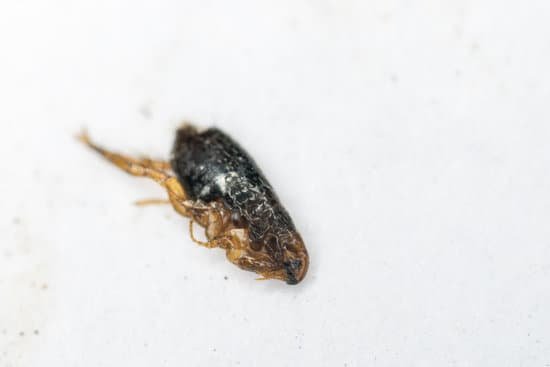How Do Fleas Jump So Far?
Fleas’ ability to jump is thought to be fueled by a protein pad on the end of their legs called resilin, which stores energy. However, there have been disagreements about the mechanism of this giant leap. One group of researchers believed that the fleas used foot-like segments on their hind legs to bounce upward, while another group believed that the fleas used knee-like structures to spring up.
Researchers recorded the jumps of 51 fleas and found that most of them used both the knee and the foot to push off. Only six jumps featured the fleas’ knees completely clear the ground. Despite this, the researchers are still trying to figure out how these animals control their jumps.
This phenomenon has long confounded scientists. However, a new study from the University of Cambridge has finally put the debate to rest. Scientists were able to capture film images of the jumping fleas and then analyse how they do it. The study suggests that the fleas store their energy in an elastic protein called resilin, which is then transferred through the flea’s legs to propel it upwards.
Fleas have the ability to jump as high as seven inches. This feat is possible because the flea’s exoskeleton provides them with structural support and allows them to accelerate rapidly. However, if a flea was the size of a human, he would not be able to jump so high. Generally, animals with similar body plans have a similar maximum jump height.








